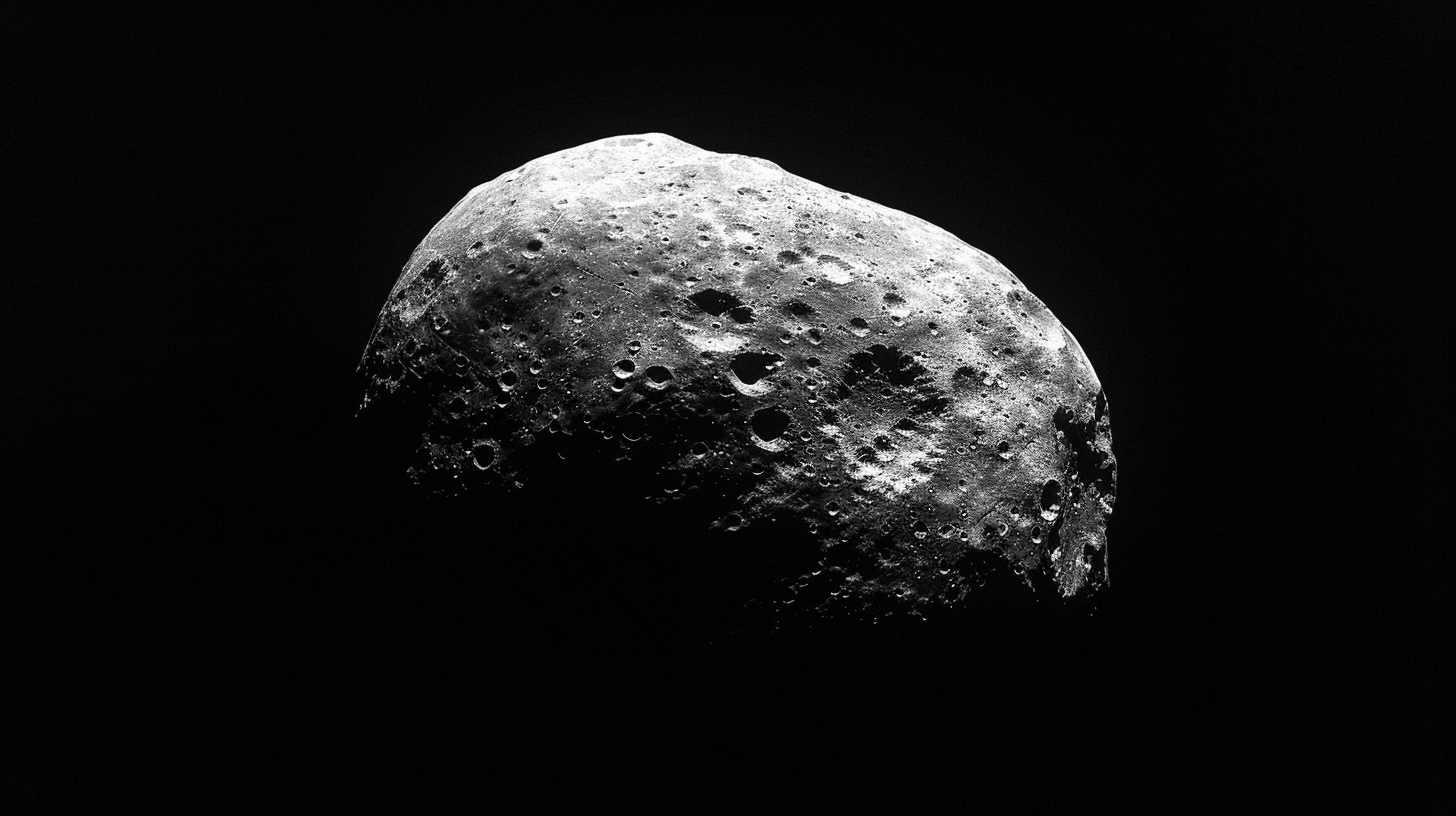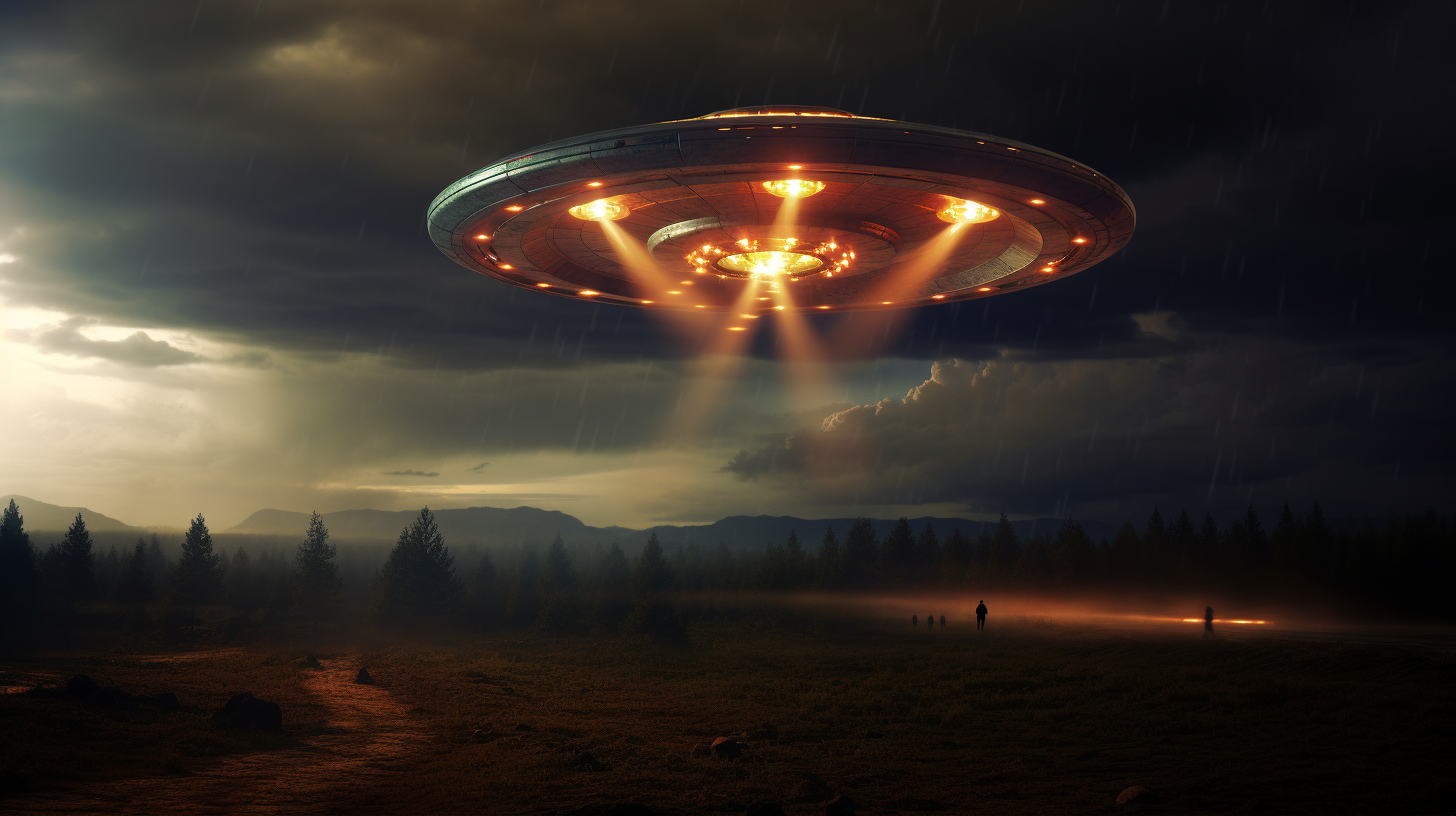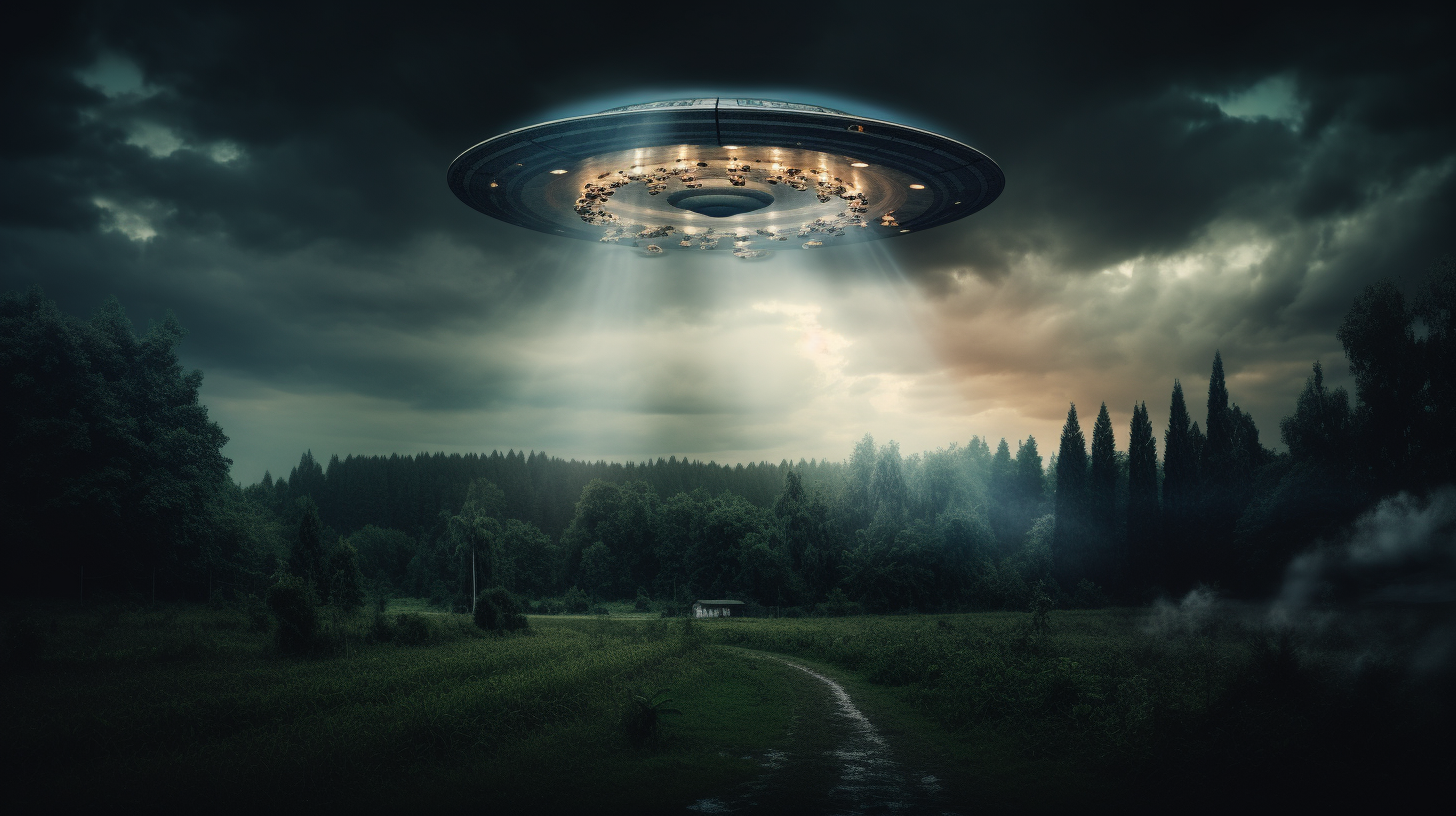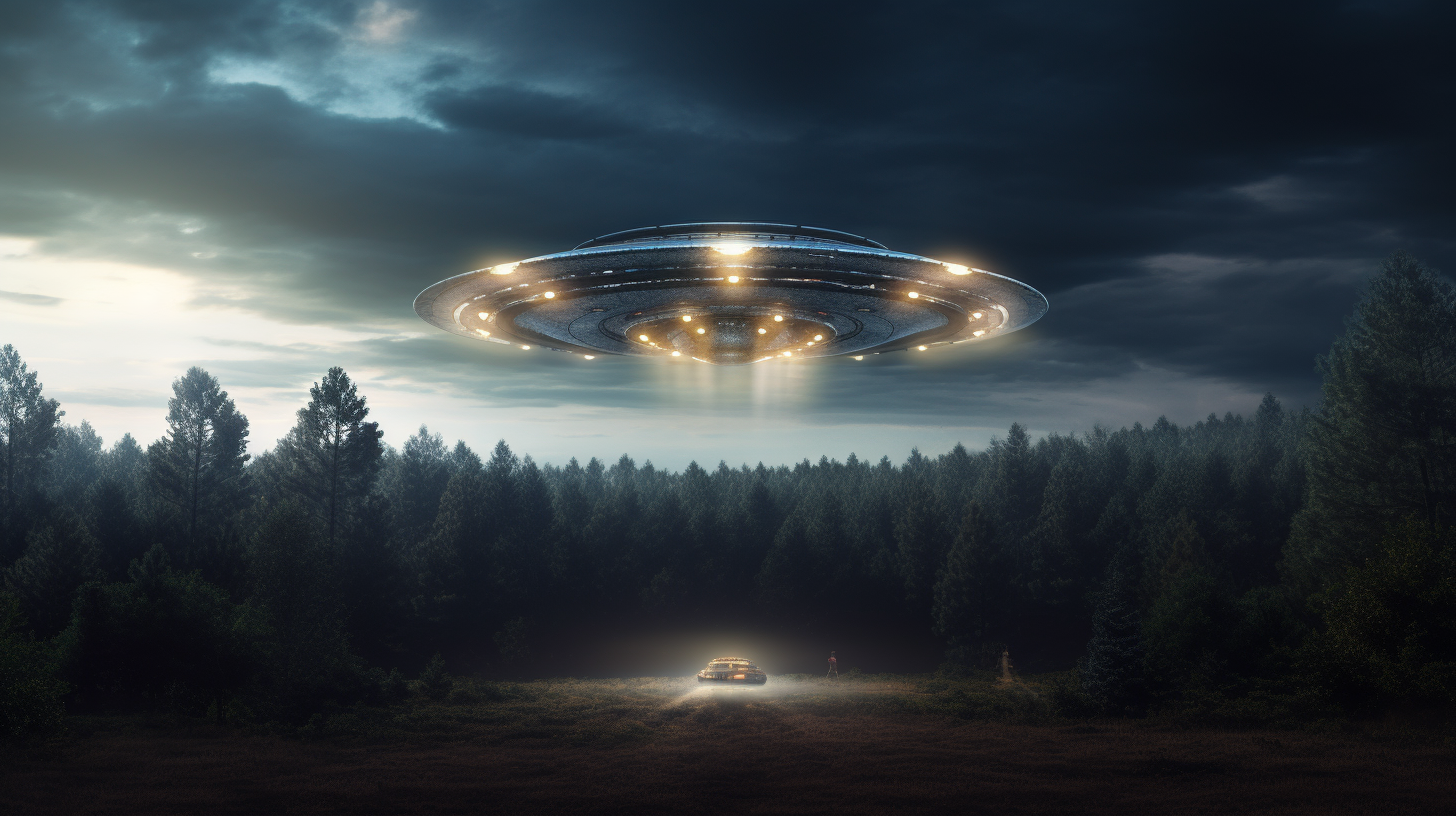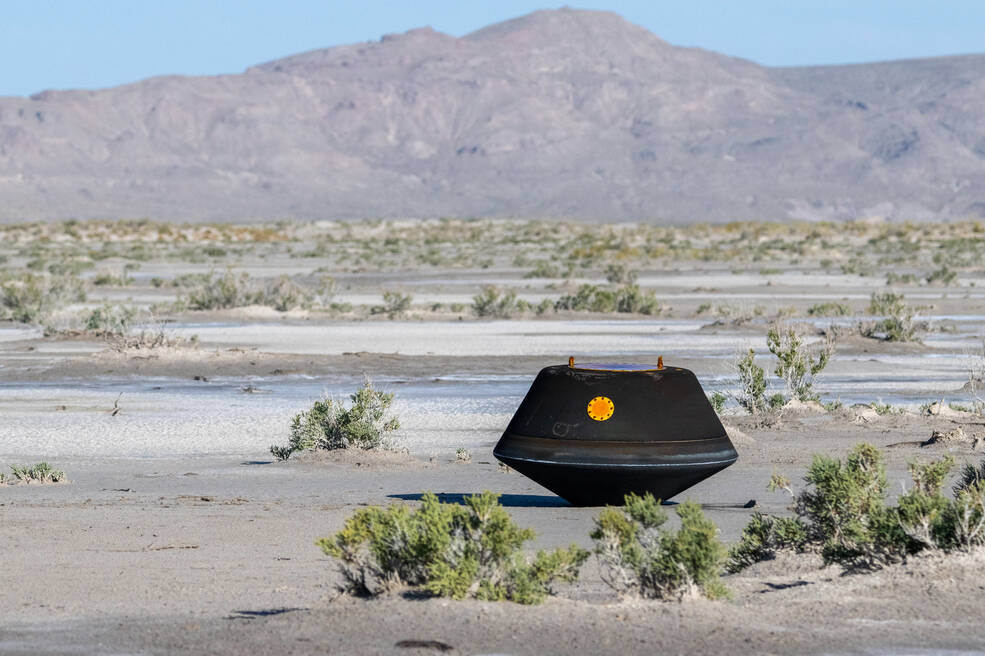JWST Finds Signs of Life on K2-18 b
The James Webb Space Telescope (JWST) has recently made groundbreaking discoveries that could potentially reshape our understanding of the universe.
It has detected molecules like dimethyl sulfide (DMS), methane, and carbon dioxide on the exoplanet K2-18 b. These findings have sparked excitement and speculation about the possibility of life beyond our planet. Here’s what it means for the search for extraterrestrial life.
K2-18 b: A Unique Sub-Neptune in the Habitable Zone
K2-18 b is an exoplanet that orbits a red dwarf star called K2-18, located about 120 light-years away from Earth. K2-18 b is categorized as a Hycean world, covered by an ocean and surrounded by a hydrogen-rich atmosphere.
Initially discovered in 2015 as part of the Kepler space telescope program, the planet is 8.6 times as massive as Earth and takes about 33 days to complete one orbit around its star.
It belongs to a unique category known as “sub-Neptunes,” which challenges our understanding of celestial bodies.
Located in the habitable zone of its star, K2-18 b is a prime candidate for harboring life, offering ideal conditions for liquid water.
What is a sub-Neptune Planet?
Sub-Neptune planets are a category of exoplanets that are larger than Earth but smaller than Neptune in either size or mass.
- These planets have a gaseous composition with a rocky core, similar to Neptune.
- They are the most common type of planet in the Milky Way but are not found in our solar system.
- The term “radius-cliff” is used to distinguish sub-Neptunes, which have a radius smaller than 3 Earth radii, from Neptunes, which have a larger radius.
- During their formation, the atmospheres of sub-Neptunes can reach pressures that stall radius growth by forcing hydrogen into a magma ocean.
- Once the magma ocean saturates, radius growth can continue.

Carbon-Based Molecules: Dimethyl Sulfide (DMS)
NASA’s James Webb Space Telescope has revealed the presence of methane and carbon dioxide in K2-18 b’s atmosphere. These carbon-based molecules have sparked excitement among astronomers and astrobiologists. The findings suggest that the planet has an atmosphere capable of potentially supporting life and hint at the presence of a water ocean beneath a hydrogen-rich atmosphere.
The Enigma of Dimethyl Sulfide (DMS)
On Earth, DMS is typically produced by living organisms, particularly in marine environments, such as phytoplankton.
While this discovery raises exciting possibilities, it’s crucial to note that it’s still labeled as “possible” and requires further confirmation.
That said, given what we know of DMS based on life on Earth, the presence of this molecule on an exoplanet with oceans is a very exciting prospect!

Observational Techniques
How did they find DMS? The James Webb Space Telescope made its observations of K2-18 b by analyzing light that passed through the planet’s atmosphere during its transits across its host star.
Thanks to Webb’s extended wavelength range and heightened sensitivity, the telescope was able to make precise spectral observations with just two transits, a feat that surpasses the capabilities of the Hubble Space Telescope.
Chemical Composition and Habitability
The presence of methane and carbon dioxide, along with a lack of ammonia, lends credence to the idea that there might be a water ocean beneath K2-18 b’s atmosphere.
However, the planet’s habitability remains uncertain due to its large size, high-pressure ice mantle, and the potential temperature of its ocean.
Despite being located in the habitable zone, these factors make the conditions on K2-18 b complex and not definitively suitable for life as we know it.
Continued Observations and Implications
Continued observations of K2-18 b with the JWST aim to identify life on a habitable exoplanet, potentially revolutionizing our understanding of the universe.
Follow-up observations are planned for a year from now to verify the presence of DMS and other molecules, which could confirm or refute the existence of extraterrestrial life.
Conclusion
The recent discoveries by the James Webb Space Telescope have set the scientific community abuzz. While it’s too early to confirm the existence of extraterrestrial life, the findings on K2-18 b offer promising leads.
As we await further observations, one thing is clear: the quest to understand the universe and the potential for life beyond Earth has entered an exciting new chapter.

